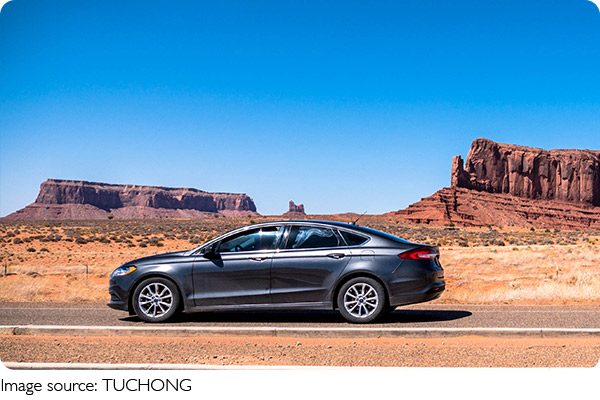Off-Road Driving Essentials

Driving off-road is an exciting and challenging activity that allows people to escape the hustle and bustle of the city and explore the wonders of nature.
However, compared to driving on city roads, off-road driving presents more tests and risks. Before embarking on an off-road journey, there are several key considerations to keep in mind.
Firstly, understanding the terrain and environment of the area you are driving in is crucial. Different terrains require different driving techniques and vehicle capabilities.
For instance, mountainous terrains demand vehicles with robust suspension and strong climbing capabilities; deserts require tires designed for sand; and rainforests need vehicles with enhanced traction for muddy paths. Therefore, thorough research and preparation are essential before off-road driving to understand the terrain and environment you will encounter and make corresponding preparations.
Maintaining the vehicle in good condition is paramount. In off-road driving, vehicles may face various challenges such as rough roads, muddy surfaces, steep slopes, etc., so the vehicle must be in optimal condition to handle these challenges.
Before departure, it is essential to check critical components of the vehicle such as engine oil, brake fluid, tire pressure, etc., to ensure they are in good working order. Additionally, ensure the vehicle is equipped with necessary emergency rescue tools such as spare tires, ropes, fire extinguishers, etc., for unforeseen circumstances.
Exercise personal caution. Drivers must regularly monitor various indicators and warning devices while driving. Use your sense of smell to detect burnt odors from rubber, plastic, coils, brake pads, etc., and listen for any abnormal sounds from the engine and chassis to understand the working condition of vehicle components. During long drives, take breaks (no more than 4 hours of continuous driving).
During breaks, inspect the turn signals, tie rods, brake drums, and tires for normal function; check for overheating of brakes and tires; remove any stones caught in tire treads or lodged between dual tires; and ensure that braking and transmission components are securely fastened and goods are properly strapped.
Off-road driving also requires a certain level of driving skills and experience. Unlike driving on city roads, off-road driving may involve more challenges such as off-roading, rock crawling, water fording, etc.
Therefore, drivers need to have certain off-road driving skills such as mastering proper uphill and downhill techniques, avoiding vehicle slippage, etc. Additionally, drivers need to have good judgment and decision-making skills to promptly deal with unexpected situations to ensure their and the vehicle's safety.

Respecting the natural environment and local culture and customs is also essential. Off-road driving often traverses some pristine areas, which may be habitats for flora and fauna. Therefore, minimize environmental disturbance during the journey to protect the local ecosystem. Respect local culture and customs, adhere to local laws and regulations, and ensure your behavior does not adversely affect the local community.
In conclusion, while off-road driving offers a thrilling escape into nature, it comes with its own set of challenges and responsibilities. Understanding the terrain, maintaining your vehicle, exercising caution, honing driving skills, and respecting the environment and local culture are all vital aspects of a safe and enjoyable off-road journey. By keeping these considerations in mind, you can enjoy the most of your adventure while minimizing risks.

 · Vehicle Team
· Vehicle Team